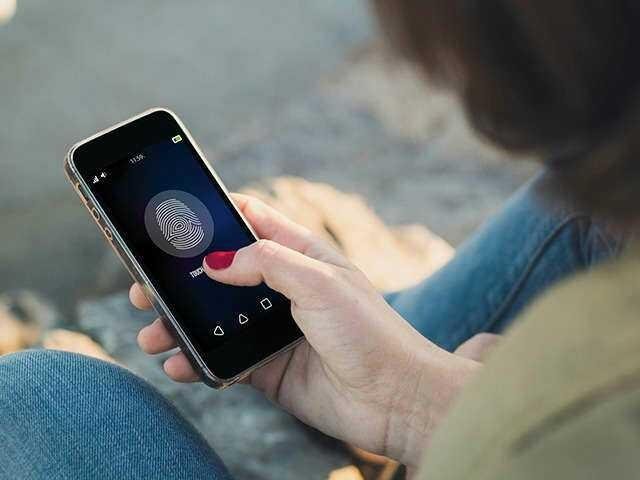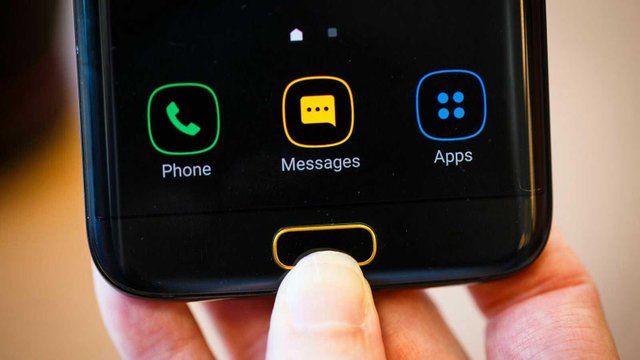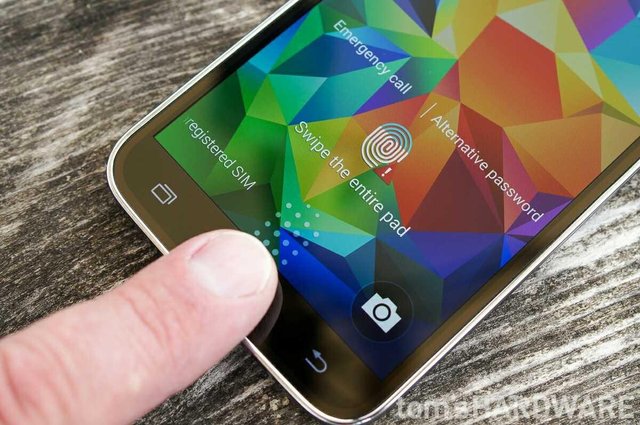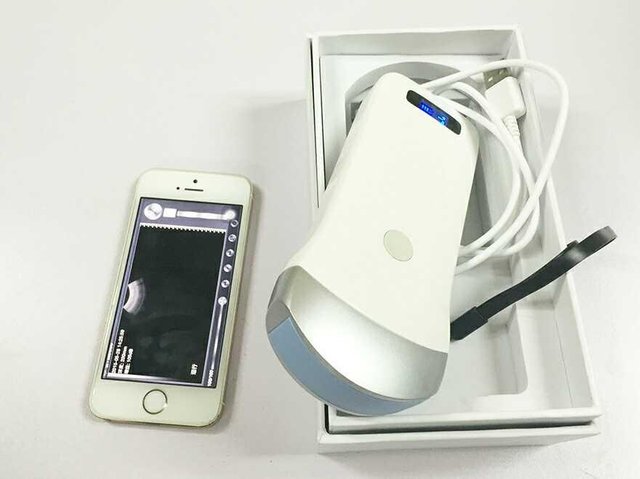If you also use a somewhat modern smartphone, then you probably have a fingerprint scanner in front or back of your phone, and you use it every day to unlock the phone's screen. There is a fingerprint scanner (without the iPhone X) to unlock the screen on every high and mid-end smartphone released at least in 2016. In my opinion, this fingerprint scanner is still the most secure and the most functional method of unlocking the smartphone. But have you ever wondered or wanted to know how the fingerprint scanner in the smartphone works? How can they read your fingerprints properly and recollect them the next time? Let's discuss this issue today.
First of all, we have to know that there are a number of types of fingerprint scanners in the smartphone. Yes, just understood. Not all smartphones have the same fingerprint scanners. Generally, there are three types of fingerprint sensors on the smartphone -
Optical Scanner
Capacitive Scanner
Ultrasonic Scanner
We will discuss today how these three scanners work and how fingerprint rewrites and recognize. First of all,
Optical Scanner
This fingerprint scanner is the oldest method to fingerprint read and recognize. Having heard the name may have some idea how it can work. These scanners basically create an optical image of your fingers or photographs. After creating the image, this scanner detects unique features of your fingers with its own algorithm. Just like the special curves of your fingers, folds, lines, etc. Detect. Basically, these are captured by capturing the light of the captured image and the dark areas. These scanners can have their own resolutions like smartphones, and just like a smartphone camera, the more resolutions will create more detailed images and this will result in better fingerprint recognition and more fast and more secure.
Then you can be sure that when you put a finger on the fingerprint scanner for the second time, the scanner will match your fingerprint with the previous optical image and enable you to unlock your phone when it is time to match. But these scanners have some drawbacks. Firstly, since this scanner works only with an optical image of your fingerprint and unlocks your phone depending on the image, so these scanners are much easier to fool than other scanners. If you can get a small photograph of your fingerprints, then it is possible to fool the scanner a lot. So these fingerprint scanners are no longer used on high end and mid-end smartphones. Nowadays such scanners will only be seen in very low prize smartphones. Now let's know,
Capacitive Scanner
Nowadays this fingerprint scanner is the most commonly used scanner. These capacitive scanners will show you much more from upper midrange smartphones to high end or flagship smartphones. The difference with optical scanners is that this scanner works by relying on a small component of an electric component called capacitor. These fingerprint scanners are used to collect antennas data about your fingerprint using some small capacitor circuits instead of creating a tenational image of your fingerprint. Since the capacitor can store electric charges, it is possible to collect these fingerprints from your fingerprints by putting these capacitors on top of the conductor plate of the scanner's surfaces.
When your fingers are placed above this scanner, the charges in this capacitor will change slightly. And your fingerprint and the air gap between the scanner, due to which the charge will almost always be on top of these capacitors. These changes are then tracked using an Integrator Circuit and saved using an analog-digital converter. These saved data are aligned, unique features and attributes of fingerprints are extracted, which are then saved again to further fingerprint scan. The result of this is that the saved fingerprint pattern becomes very difficult to fool by using an image, because, on the other kind of a material scanner, the capacitor will create another type that will never match the already saved pattern.
In this case, the more capacitors in the scanner, the fingerprint can be recorded more acutely and the fingerprint recognition will be more fast and responsive. Since this scanner has to keep almost a tiny capacitor, so these scanners are slightly more expensive than optical scanners. And this is why these fingerprint scanners are not used in premium smartphones.
Ultrasonic Scanner
This technology is new to fingerprint scanning and much more advanced than others. This fingerprint scanner is first used on the Leco Le Max Pro smartphone. Qualcomm and its Sense ID technology are also a major design element of this fingerprint scanner. Fingerprint capture and recoding of these scanners is quite simple and straight ahead. This scanner uses an ultrasonic transmitter and a receiver to basically scan the fingerprint. The fingerprint that is placed on this scanner, this scanner transmits a bit of ultrasonic pulse in contrast to that finger or fingerprint. Some pulses of this pulse absorb and return to some scanners, depending on your finger curve, folds and depth of the lines. The ones that are sent back are received by the receiver.
The receiver receives the returning pulse, the scanner gets a sufficient acuity data from your finger, which is then used to recong fingerprints again. These data are unique for everyone's fingers. And since this scanner creates data based on fingerprint, so what it finally gets is that your fingerprint is almost aquired of a 3D scanning. As a result, it is almost impossible to fool these scanners. These scanners are much more accurate than a capacitive scanner. This scanner is still very new. So these scanners do not see you on a lot of smartphones. Also, this year, Vivo has launched another upgraded version of this scanner on their smartphone which can scan the fingerprint from the screen below the display. But it is not as reliably and responsive as compared to other scanners.




Nice post friend. Thanks for this good post.
Downvoting a post can decrease pending rewards and make it less visible. Common reasons:
Submit